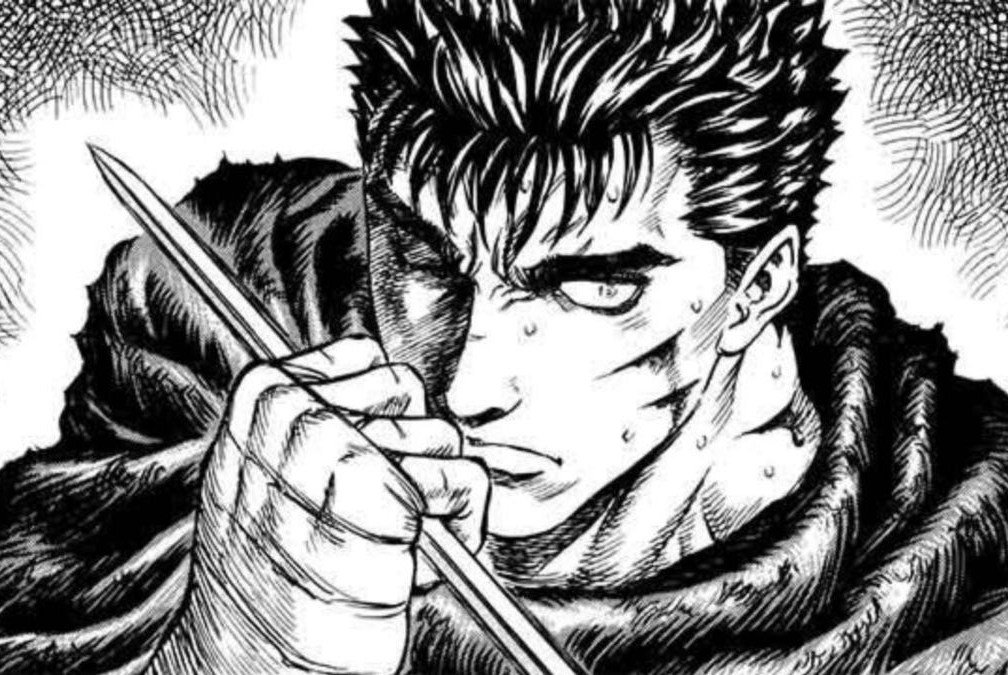Introduction
Briefly explain what manga is and its significance in Japanese culture.
Mention manga’s global influence and rising popularity.
Hook: Why people around the world love manga.
Section 1: What is Manga?
Define manga, its characteristics, and how it differs from Western comics.
Explain the common genres in manga (e.g., shonen, shojo, seinen, josei).
Mention its influence on other media like anime, films, and merchandise.
Section 2: A Brief History of Manga
Origins of manga in Japanese art and literature.
The rise of modern manga post-World War II.
Key figures in manga history, like Osamu Tezuka.
Section 3: Popular Manga Series You Should Know
Highlight some of the most popular manga series and what makes them stand out.
Examples: Naruto, One Piece, Attack on Titan, and Demon Slayer.
Mention both classics and contemporary hits.
Section 4: Manga’s Global Influence
Discuss how manga became a worldwide phenomenon.
Manga’s impact on Western comics and graphic novels.
How digital platforms are making manga more accessible globally.
Section 5: Why Manga Appeals to All Ages
Talk about the storytelling techniques that resonate with readers of all ages.
Explain how manga explores universal themes like friendship, adventure, and self-discovery.
Section 6: Manga vs. Anime: Understanding the Differences
Define anime and how it’s related to manga.
Differences in storytelling between manga and anime.
The impact of anime adaptations on manga popularity.
Section 7: How to Start Reading Manga
Tips for beginners on choosing the right genre.
Where to find and read manga (online platforms, bookstores, libraries).
Recommendations for newcomers.
Section 8: The Future of Manga
Predictions on how manga will evolve with digital platforms.
The role of manga in cross-cultural exchanges.
Speculation on emerging trends in manga art and storytelling.
Conclusion
Summarize the impact and enduring popularity of manga.
Encourage readers to explore manga and discover its richness and variety.

